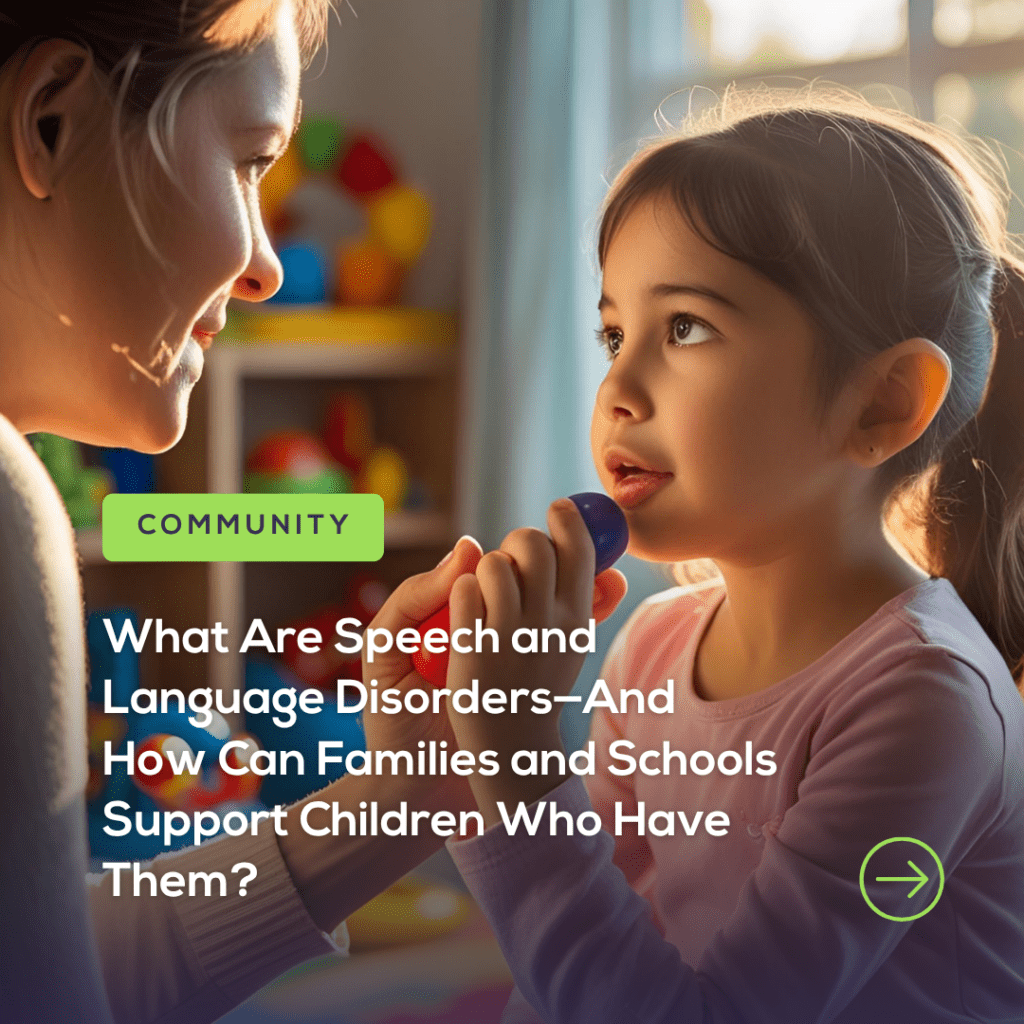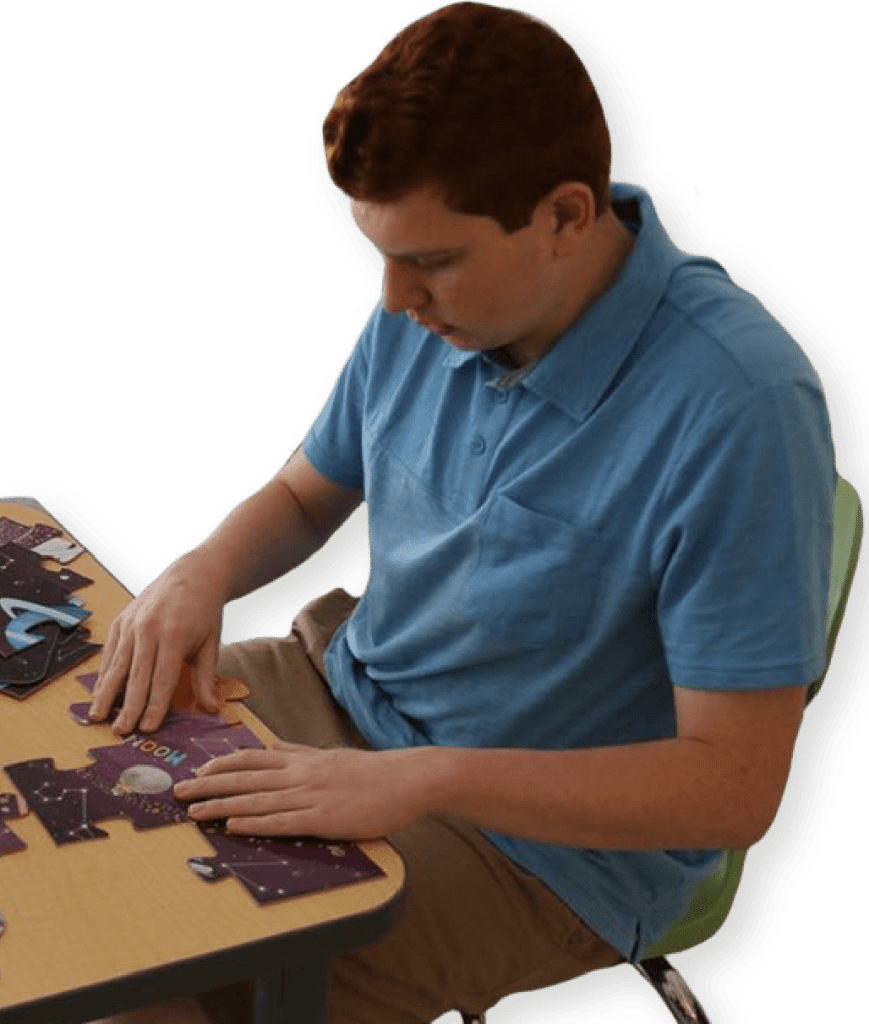Many families hear that their child has a “speech delay,” “expressive-receptive language disorder,” or is “nonverbal or minimally verbal”—but walk away unsure of what that actually means. These terms are often used interchangeably, yet they refer to distinct challenges that impact how a child communicates, understands, and connects with the world.
At Mainspring Academy, where 85% of students are nonverbal, language impaired, or diagnosed with mixed receptive-expressive language disorder, we know how important it is to understand the difference—and how much support at school and at home can make a difference.
What’s the Difference Between a Speech Disorder and a Language Disorder?
Though often grouped together, speech and language refer to different aspects of communication.
Speech Disorders affect how sounds are formed and spoken:
- Articulation disorders (e.g., “wabbit” for “rabbit”)
- Fluency disorders (e.g., stuttering)
- Voice disorders (e.g., harsh, breathy, or nasal tone)
Language Disorders affect the understanding and use of words:
- Receptive language: difficulty understanding language
- Expressive language: difficulty using words, forming sentences
- Mixed receptive-expressive: both are impacted
Children may have one or both types. A child might speak clearly but struggle to understand instructions (receptive). Another may understand everything but have trouble forming words or sentences (expressive).
Why It Matters in the Classroom
Students with language and communication disorders are often misunderstood in traditional classroom settings. Challenges with processing directions, following conversations, or expressing needs can lead to behavior referrals, low academic engagement, or social isolation.
According to the American Speech-Language-Hearing Association (ASHA), as many as 7–8% of children in early grades have a language impairment, yet many go undiagnosed (ASHA, 2022). Early intervention, along with consistent speech-language support in school, has been shown to improve both academic and social outcomes (Justice et al., 2010).
How Mainspring Academy Supports Communication Challenges
At Mainspring, speech and language support can be embedded into daily routines, not isolated to therapy rooms. Students can receive individualized speech-language goals aligned with their Individualized Learning Plan (ILP) and supported by:
- Certified speech-language pathologists (SLPs)
- Visual and AAC (augmentative and alternative communication) systems
- Structured social skills training
- Staff-wide strategies that reinforce communication across all settings
We believe that communication is more than speech—it’s connection. That’s why we celebrate all forms of communication, including picture exchanges, devices, gestures, and sign language.
What Parents Can Do to Help
Whether your child speaks fluently or uses an AAC device, communication growth happens when home and school work together.
At home, you can:
- Use visual supports (e.g., picture schedules or labels)
- Model simple, clear sentences
- Allow extra time for your child to respond
- Use and respect their communication method (verbal or nonverbal)
- Narrate routines or actions (“Now we’re putting on shoes”)
You can also ask your child’s therapist or teacher:
- “What specific goals is my child working on?”
- “How can we carry that over at home?”
- “Can you model how to use this AAC system/device?”
Progress Looks Different—But It Happens
Some children may develop verbal language. Others may rely on devices or gestures. What matters most is that the child is understood, respected, and supported to express themselves.
When school and family work in partnership, students begin to trust that their voice—in whatever form it takes—has value.
Want to see how Mainspring supports communication every day? Schedule a tour.
We’d love to learn about your child and show you what real language support looks like in action.
References
American Speech-Language-Hearing Association. (2022). Language disorders. https://www.asha.org
Justice, L. M., Logan, J. A., & Jiang, H. (2010). Socioeconomic status and language development in the preschool years. Perspectives on Communication Disorders and Sciences in Culturally and Linguistically Diverse Populations, 17(2), 35–43. https://doi.org/10.1044/cds17.2.35



